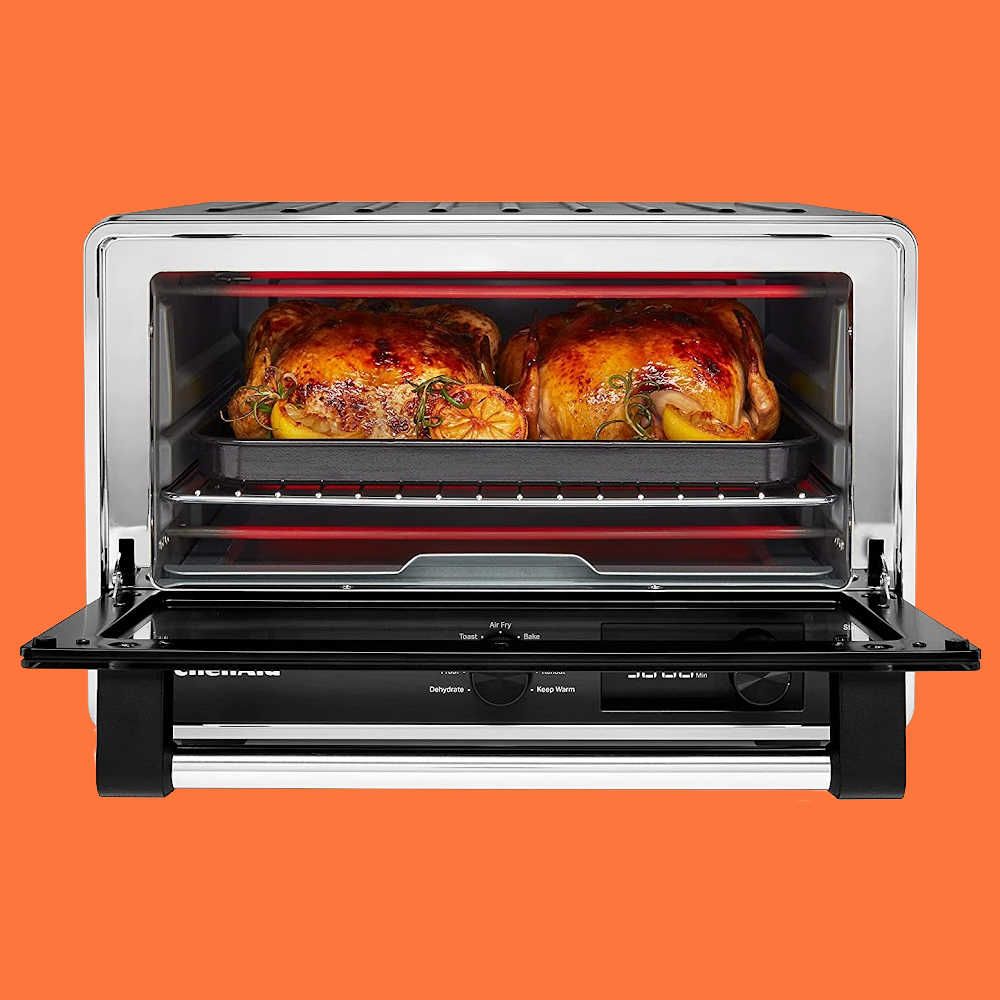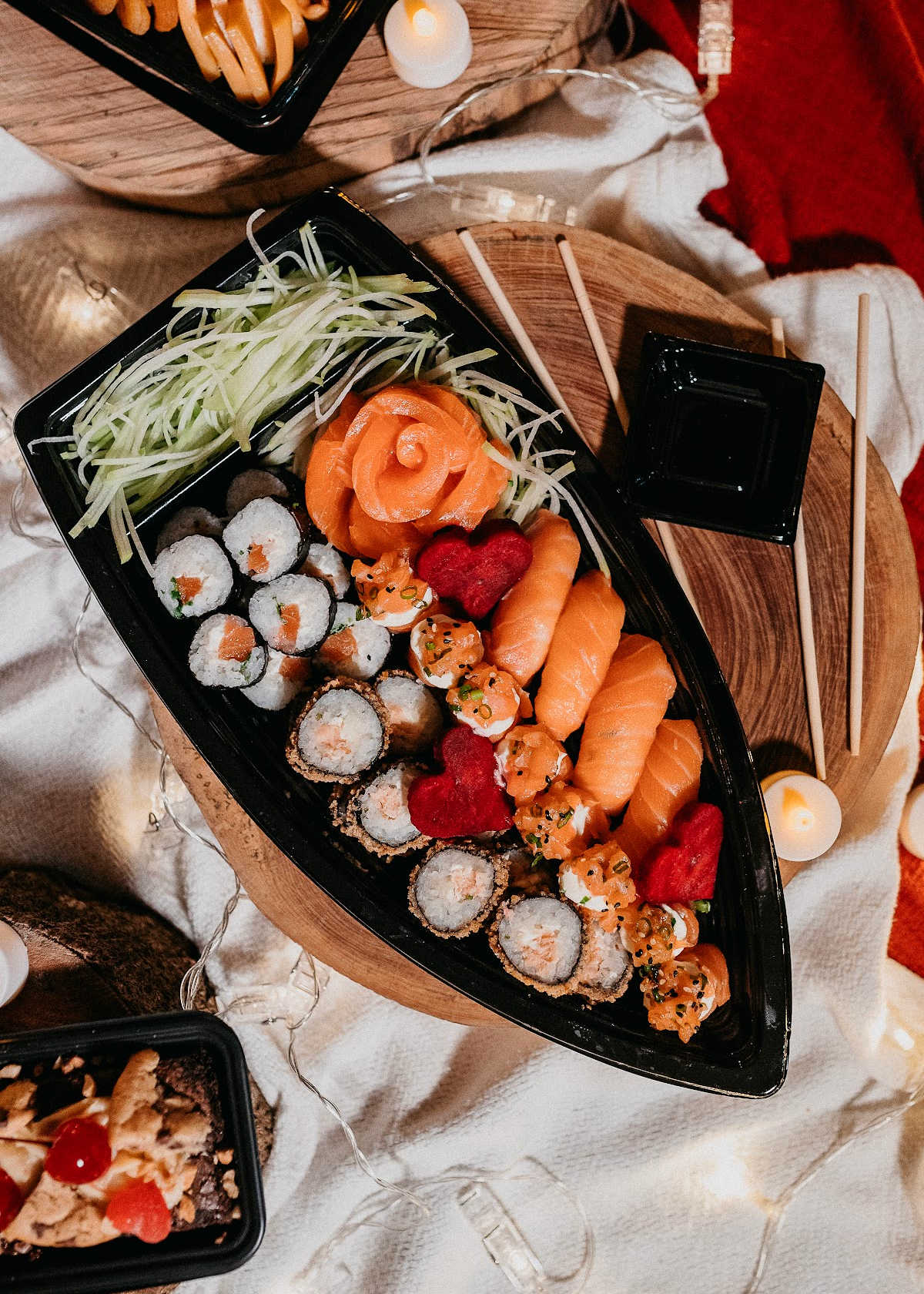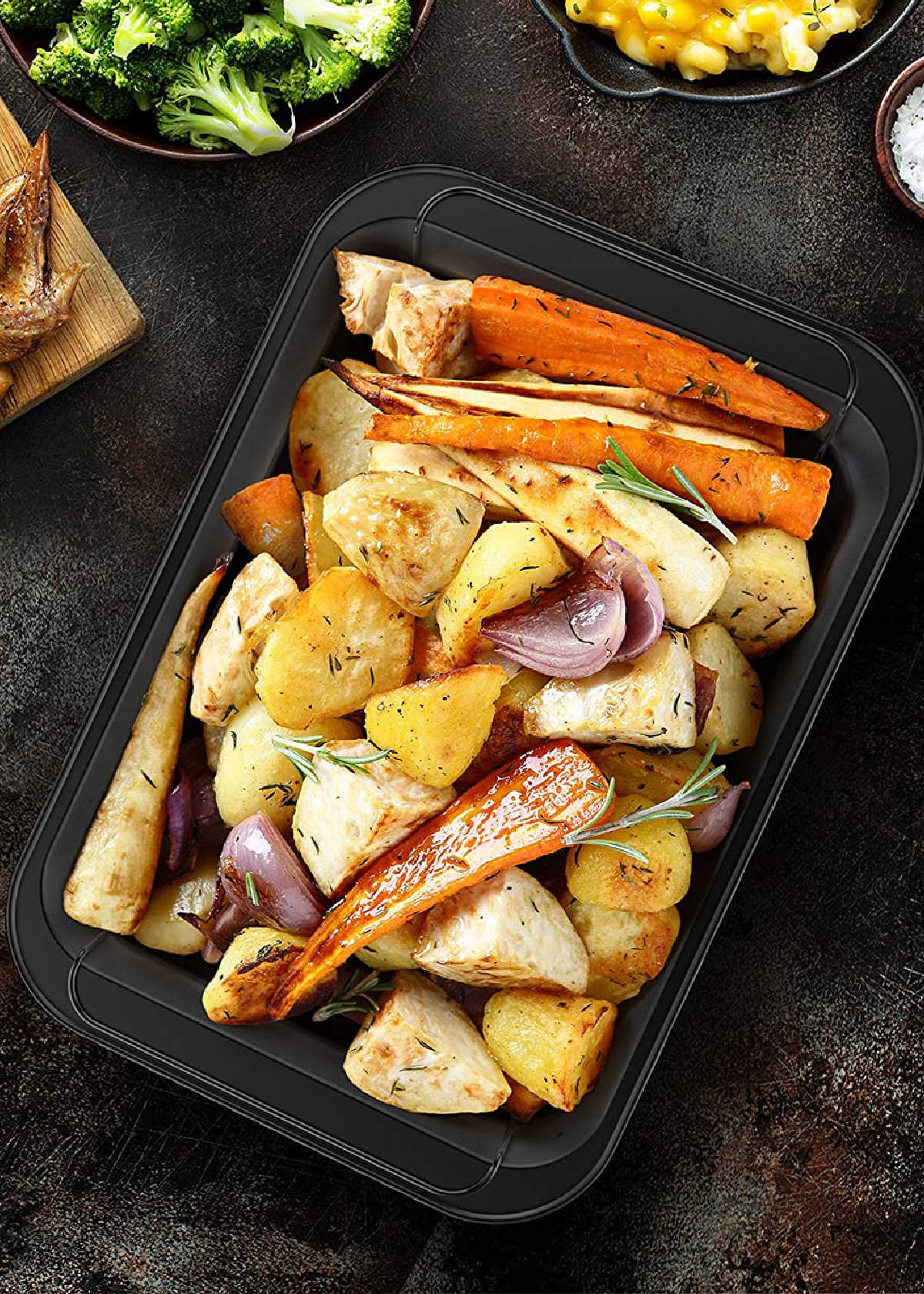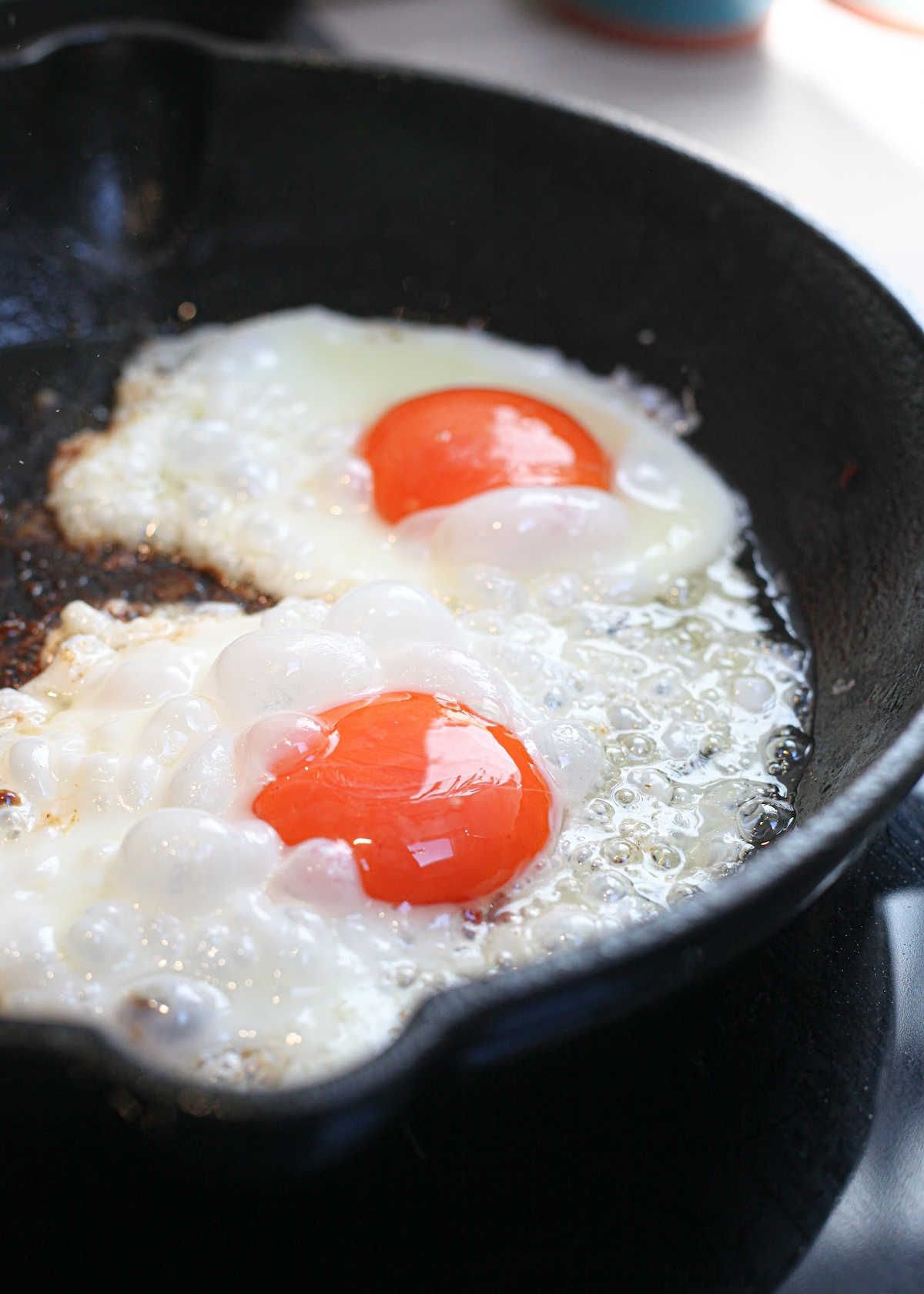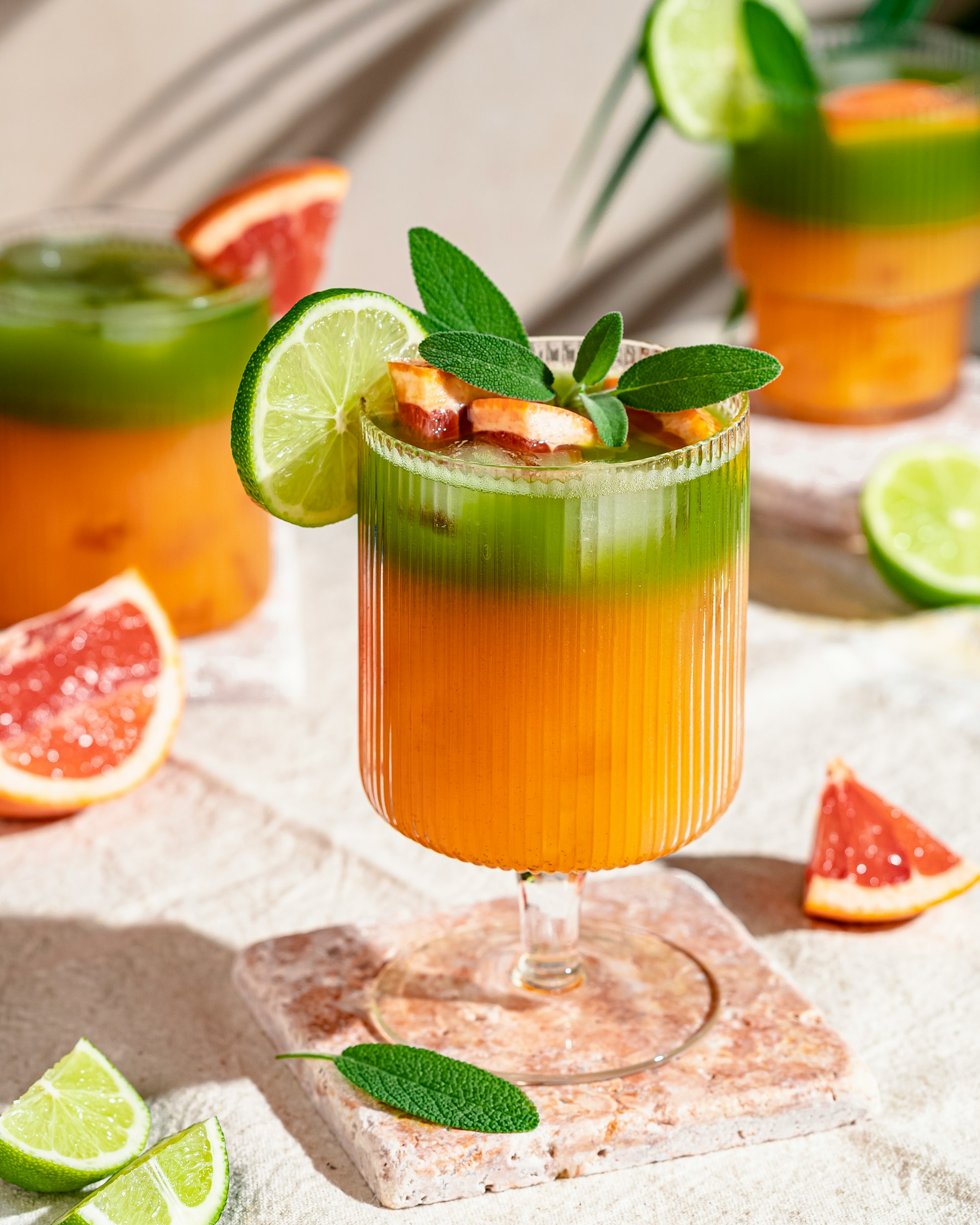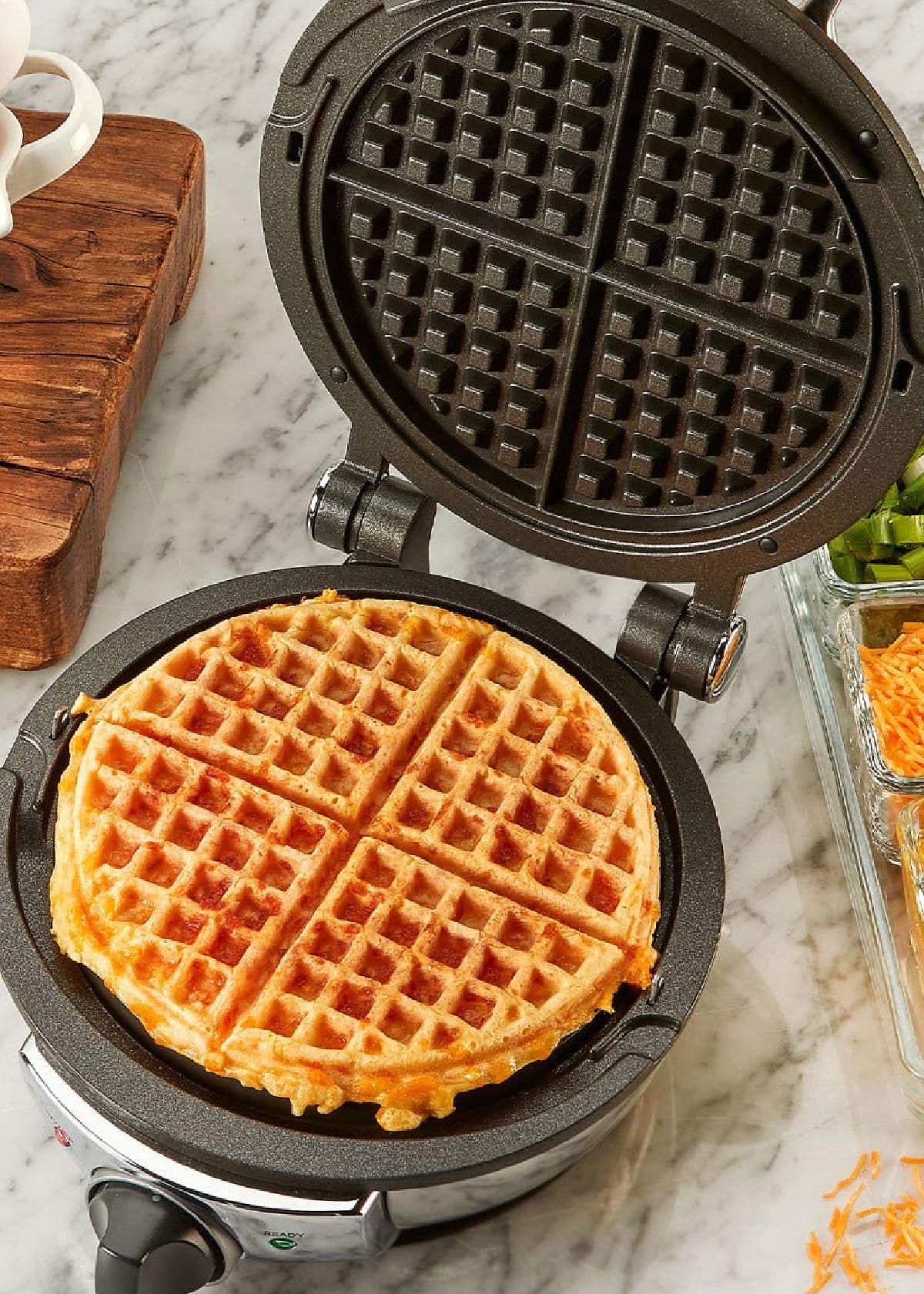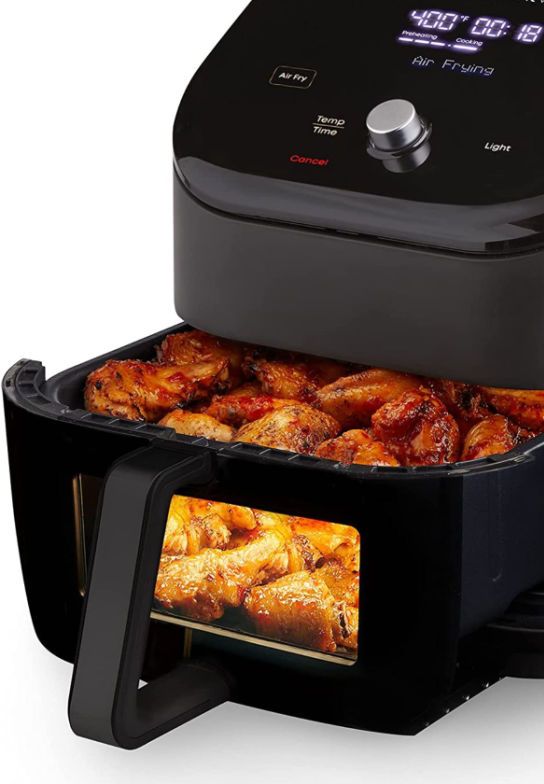Content Summary
In this blog post, we will walk you through the process of organizing and stocking your wine fridge like a pro. From how to stack your wine bottles to the factors that you need to consider, you will get everything you need to know to make the most out of your wine refrigerator.


Loading A Wine Fridge
1. Sort Your Wines
Before loading your wine fridge, first, consider this:
- If you have a single-zone wine fridge, it's fit for either storing wine of one kind (red or white, or sparkling) at serving temperature or storing wines of all kinds for long-term storage.
- If you have a dual zone wine fridge, it will be fit to store two kinds of wine at different temperatures: one kind at serving temperature (<6 months), the other at keeping (>6 months), or both at their respective serving temperatures.
- Determine which wines to store for >6 months, and which to keep at serving temperatures. Rule of thumb: in general, long-term wine storage temperature is the same for all wines: 55°F (cellar temperature).
- Know the serving temperature of the types of wine. Most red wines can be kept at a temperature of 55°-65°F while white wines, rosé, and sparkling wines can be stored at 45°-50°F.
- Store wine horizontally. The general rule of thumb is to store your wine horizontally. This position keeps the cork moist and stops it from drying out, which can cause air to seep in and ultimately spoil the wine.
- Exceptions for vertical position. There are some exceptions to this rule. For example, if a wine has a screw cap or an alternative closure, it's safe to store it upright. The same applies to sparkling wine and champagne, which should always be stored upright to keep the carbonation intact.
- Grouping wines by their age, variety, and region. This grouping method makes it easier to retrieve a specific wine and prevents you from disturbing others.


2. Organization Is Key
When loading your wine fridge, it is important to be organized. This means that you need to have a clear plan of where your bottles will go.
Check out the tips for organizing your wine bottles from Vintec wine cellar solution brand.
- Organize according to label. If you want to organize your bottles according to their labels, use clear plastic dividers to separate the different kinds.
- Organize according to usage date. Start by setting aside the bottles that you will be drinking shortly, and place them somewhere more accessible.
- Organize according to types. You can organize your wine fridge by placing similar types of wine next to each other. For instance, you can group all your Cabernet Sauvignon and your Merlots. This way, it will be easier to locate your preferred wine anytime you need it.
- Create a tier system. If your wine fridge is deep enough, try to create a tiered system by placing the older vintages at the bottom and newer ones at the top.
- Use wire racks. Using wire shelves and racks helps maximize your storage space while keeping them separate, allowing for air circulation.
- Vibration control. Certain wines require minimum vibration, so place those at the top of your wine fridge or in a corner where there's less chance of disturbance.


3. Stack Your Bottles Properly
Stacking your bottles might seem easy, but there are a few things to keep in mind. Correctly stacking them helps to prevent the bottles from falling over and breaking.
- Never stack bottles of different sizes. Doing so can cause the smaller bottle to roll around and, in some cases, damage the label.
- Avoid stacking different types of wine together. For instance, white wine should not be stored with red wine as the wrong serving temperatures can affect their taste.
- Place larger bottles at the back of the fridge and smaller bottles towards the front.
- Ensure that the bottles are snugly fit, without causing pressure on one another. This is where a wine rack comes in. You can place the bottles in the rack, with the bottom of each bottle resting on the inclined rack's lower end.
- Place the bottles side by side instead of on top of each other. This will help maximize the space in your fridge and also make it easy to locate your wine.
- Don't overload your wine fridge. Leave some space between bottles to allow proper air circulation.


Factors To Consider
1. The Humidity Levels
- Humidity levels maintain the quality of the wine. High humidity levels can cause mold to grow on the corks, while low humidity can dry them out.
- The ideal level of 50% to 70%. Make sure that the ideal humidity level for wine storage is between 50% to 70%.
- An in-built humidity control. Most wine refrigerators come with in-built humidity control settings that help regulate the humidity levels inside the fridge.
- Consider the outside environment. For instance, if you live in a dry area, it might be necessary to invest in a humidifier.
2. The Temperature Ranges
- Temperature controls are critical. Ensure that the temperature is set correctly before loading the fridge.
- The ideal temperature range to serve wine, ensure the temperature range of your fridge is between 45°-65°F. If you want to store both red and white wines, keep the reds at 55°-65°F, and the whites at 45°-50°F.
- Single-zone or dual-zone fridge temperature settings. A single-zone wine fridge has one temperature setting, while a dual-zone fridge allows two different settings. (See above: Sort Your Wines)
- If the fridge only has one zone, it is important to set the correct temperature range for short or long-term storage.
One-zone fridges typically have a temperature difference of 6°-8°F: the lower zone is colder, so use it for your white, sparkling, and rose wines, while the upper zone is a bit warmer, so better fit for your red wines. Best temperature setting: 55°F.


3. The Light & Heat Exposure
- The location of the wine fridge. It's best to keep it in a cool, dark place, away from direct sunlight and heat sources.
- Light exposure can damage wine. It can degrade the wine quality, causing it to age quickly.
- Heat exposure can affect the wine. Too much heat can cause the wine to expand and burst open, damaging your bottles. For optimum safety, keep the wine cooler away from heat sources like radiators, heaters, and ovens.
4. Leave Room For Airflow
Airflow is also an important factor to consider when loading your wine fridge.
- Proper airflow ensures that your wine stays at the optimum temperature and also helps prevent the formation of mildew and mold.
- Leave space between bottles. When loading your wine fridge, it is essential to make some space between the bottles to allow for proper airflow.


Tips & Tricks
- Avoid vibrations around your wine fridge or placing it near a high-traffic area. Vibration can disturb the wine and affect its aging process.
- Always check expiration dates and drink-by dates before storing your wine, and drink it before it goes bad or stale.
- Place a thermometer in your wine fridge to ensure that the temperature is stable and consistent.
- If you need to move your wine fridge, ensure it's level, and before stacking it, let it sit for a few hours to allow the coolant to settle.
A wine fridge is an investment that every wine lover should make. Wine is delicate; it needs proper care. Wine fridges allow you to store your wine collection at a consistent temperature and humidity while keeping it organized.
Need another wine fridge to organize and systematically stack short-term vs long-term usage wines or red wines vs white wines to reserve them at their perfect temperature? Check out our top picks of best wine fridges and coolers.

By taking the time to sort, organize, and stack your bottles correctly, you can ensure that your wine refrigerator stays organized, while your wines stay at the right temperature. With these tips in mind, you can now stock your wine fridge like a pro.
Happy organizing!
Catchy Finds




